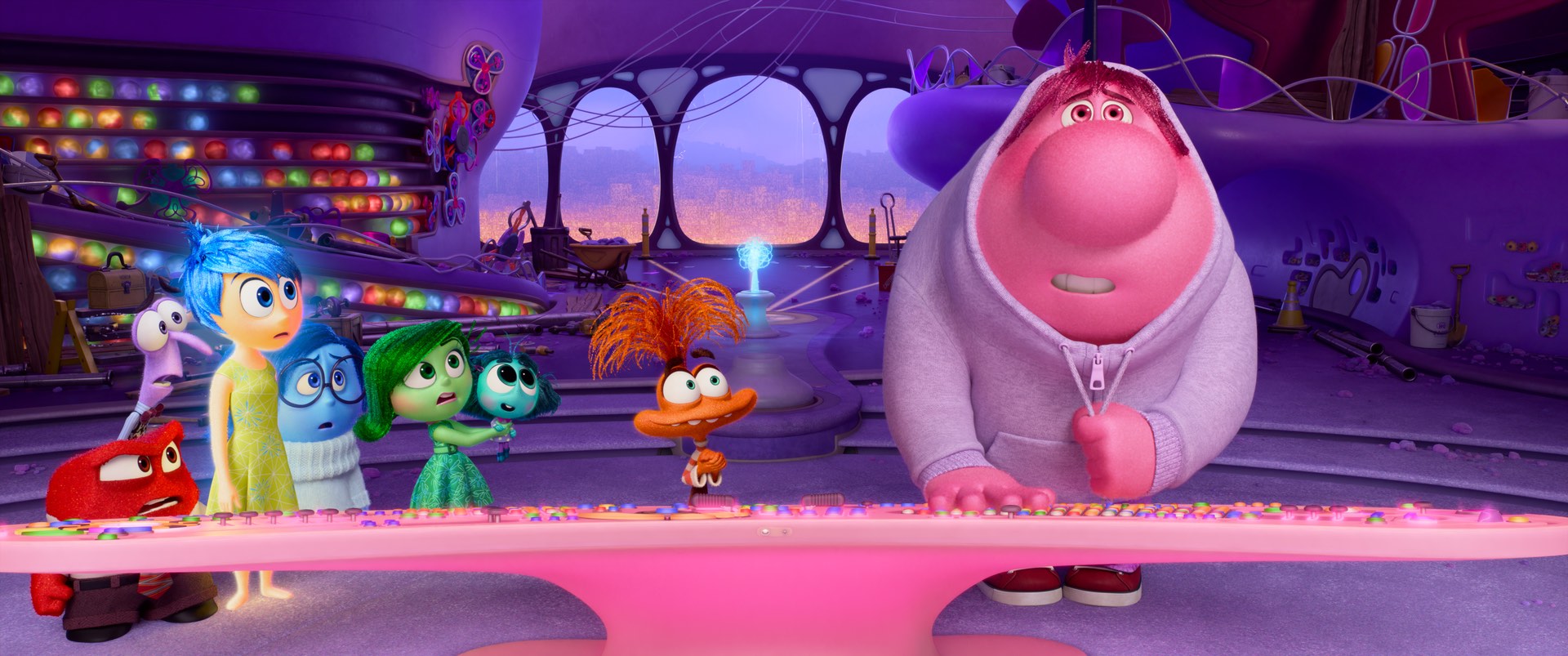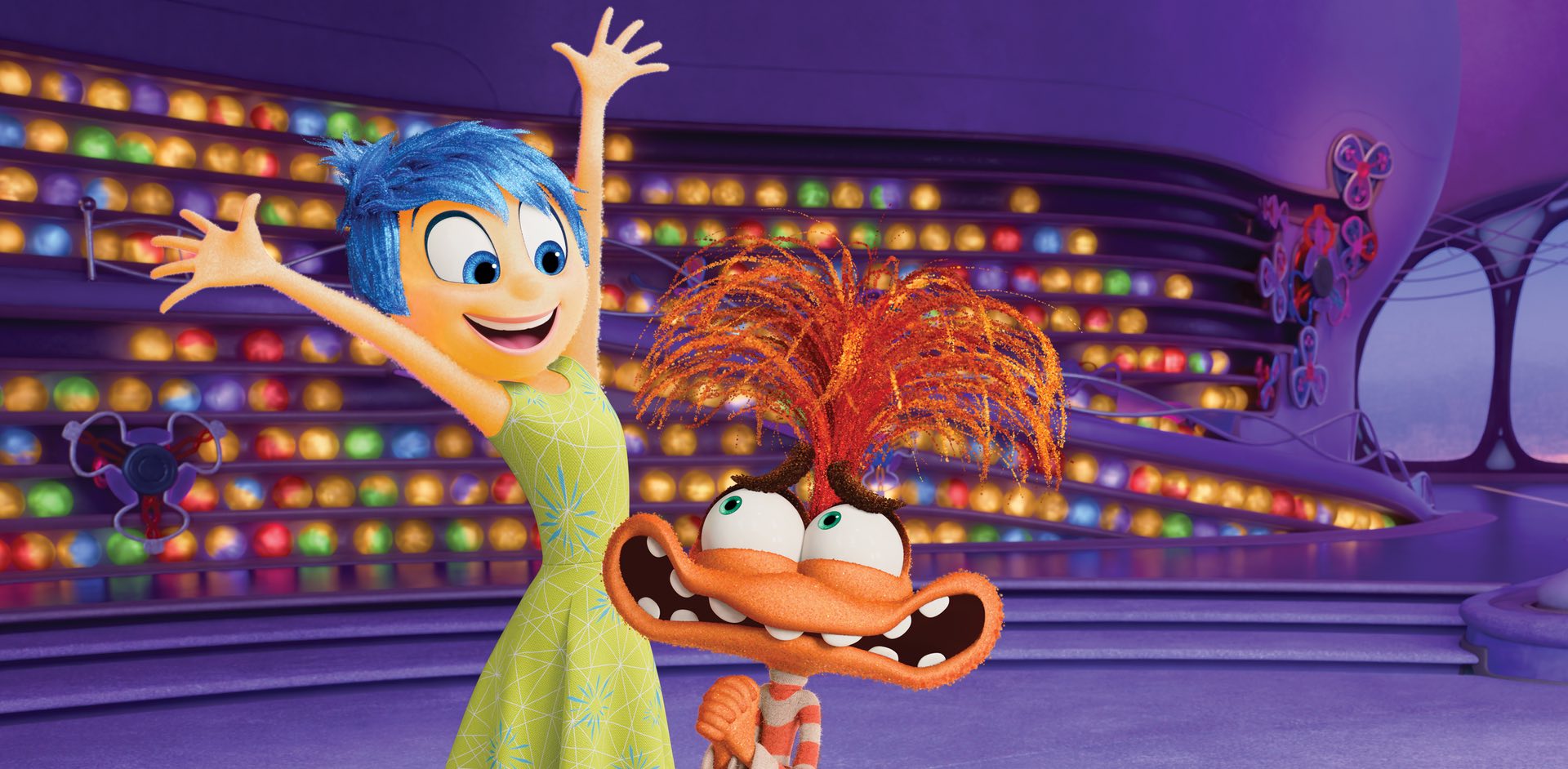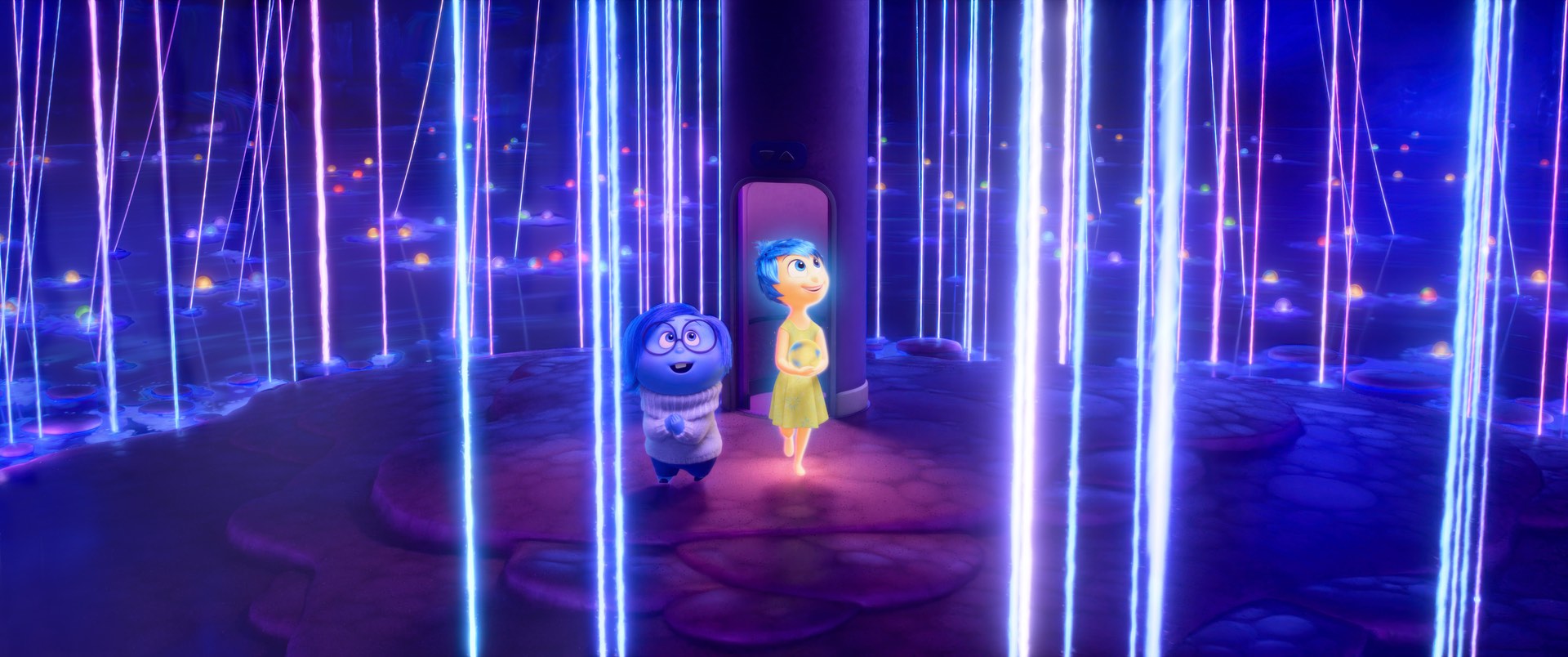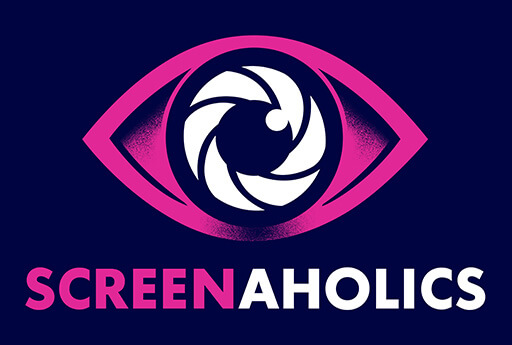For those who were anxious that Inside Out 2 would be another watered-down sequel, rest assured, this is a powerful film with emotional intelligence, stunning visual storytelling, and it may just be the funniest movie of the year.
Pixar has had a difficult few years. A studio once seen as bulletproof has been facing a decade-long struggle with quality control. Its only consistent box office success was generated by sequels, with Toy Story 4, Incredibles 2 and Finding Dory all making over a billion dollars at the worldwide box office (it was generally accepted that each was less than its predecessor though).
Pete Doctor, the director of Monsters Inc, Up and the first Inside Out, took over as the studio’s Chief Creative Officer from John Lassaster in 2017 (Lassaster stepped down following allegations of misconduct). Doctor is one of the last remaining members of the original Pixar brain trust, the creative group that essentially founded the studio as we know and spawned the ideas of practically all of its golden era films.

It’s a complicated situation for the Disney-owned studio, only further muddied by the pandemic and its parent company’s decision to drop three of their most original films (Soul, Luca and Turning Red) directly to Disney+, a move to no doubt bolster their standing in the streaming wars. Despite stellar reviews of all three films, the lack of material returns seems to have pushed Disney and Pixar to retreat from originality and closer to the tried and true safety of sequels. You would hope that there would be some kind of middle ground as despite the lack of fanfare and box office, Soul, Luca and Turning Red were three of its best and most interesting films in a decade. Many critics have also pointed out that these three films present stories with a cultural specificity that falls outside of the classic white-centered mainstream. Soul and Turning Red feature POC protagonists and directors, and Luca has a strong queer subtext (that nearly was text according to director Enrico Casarosa).
At first, the idea for the original Inside Out seemed almost a parody for Pixar, which had been essentially telling tales based on “What if (blank) had feelings?” – toys, cars, etc. With Inside Out it gave us “What if feelings had feelings?” and what we got was one of the last great films of the golden era of Pixar, a film that felt important and bursting with visual flair and charm. At the time, to have the moral of your big Hollywood animated film be “sadness is important” seemed insane, but it was a risk that signaled a profound shift our society was making in the way we talk about mental health and self regulation.
This is all to preface that I went into Inside Out 2 with a healthy dose of caution. Would this be another slightly watered-down return to the familiar? Would it just be a kids film or would it rise to the family-film golden standard that canonised Pixar in the first place?

Inside Out 2 picks up a few years after the first. Riley is now 13 (with Kensington Tallman replacing Kaitlyn Dias from the first) and has settled into her new life in San Francisco. She has a loving family, two best friends and is one of the star players of her school’s ice hockey team. Inside her head, Riley’s emotions, led by Joy (Amy Poehler), take pride in the smooth operation they’ve been running: a (mostly) happy girl with a strong and loving sense of self. All of which goes out the window when the puberty alarm goes off and we’re introduced to a whole new world of complicated emotions. Maya Hawke plays Anxiety, the ringleader of the new group, Ayo Edebiri as Envy, Adele Exarchopoulos as Ennui and Paul Walter Hauser as Embarrassment.
The bulk of the film centres on a three-day hockey training camp that Riley and her two best friends have been invited to. It’s an opportunity to make new friends with the cooler and older girls and potentially secure a place on their dream high school team. It is a weekend that is filled with social high-wire acts and pitfalls that the new, more complicated emotions feel they’re better equipped at handling than our original five. Anxiety turns out to be a controlling tyrant as she banishes Joy, Sadness, Disgust, Fear and Anger to the back of Riley’s mind (“We’re suppressed emotions!”) and pushes Riley to sleepless nights, early morning training and potentially disastrous decisions to get what she wants.
The first film was essentially an odd-couple road-trip between Joy and Sadness and although there are many similar strokes repeated in the follow up, somehow it manages to avoid feeling repetitive. A big part of this is shuffling up the group dynamics. While Sadness, who was the co-lead of the first, is sent back to headquarters to ensure the original group can be retrieved from the back of Riley’s mind, Anger, Fear and Disgust join Joy on her mission to find Riley’s sense of self and are given much more of the spotlight to our delight. The new emotions essentially act as antagonists to the original crew, pushing Riley to make the cringe-inducing teenager-brained decisions that we all remember making (and wish we didn’t).

This film is funny, really funny. Not only do you have a cast of some of the top TV comedians of this century but you have a script that serves them, filled to the brim with pun-filled jokes and evergreen adolescent observations, from Riley’s tiny family island to an animators room in Imagination Land. For some, the emotional beats may not hit the same heights as Bing-Bong did in the first but the humour makes Inside Out 2 stand shoulder to shoulder with its original.
All of the voice cast members are in top form. Maya Hawke gives what may be the best performance of her career yet as Anxiety, bringing a frantic and dominating energy with a deep earnestness that mixed together creates a fantastic and flawed antagonist. Amy Poehler returns as Joy as our effervescent lead. Having learned her lessons from the first film, she brings such a brightness and momentum that she used so well on Parks and Recreation. Bill Hader and Mindy Kaling, who played Fear and Disgust in the first film, have been replaced with Tony Hale and Liza Lapira respectively, both of whom are perfect in the roles. Lewis Black returns as Anger and Phyllis Smith as Sadness, both getting to build upon their solid performances in the first.
Andrea Datzman takes over scoring duties from Michael Giacchino, bringing back the whimsical and wistful theme of the first and twisting it into a dissonant funhouse mirror version for Anxiety’s theme. Datzman is subtle though extremely effective at bringing tension to key parts of the film using the auditory illusion known as a Shepard Tone (used most notably in Hans Zimmer’s score for Dunkirk), which makes it sound like the music is constantly rising and rising, a perfect way to musically represent Anxiety.

The first film had an incredible simplicity to its world-building that was full of colourful visuals, literalising metaphors and giving us puns left (hemisphere) and right (hemisphere). Inside Out 2 further expands on that world in the sequel, diving even deeper into the complexities of how memories and feelings can turn into beliefs and a core sense of self. The pace is always moving, always throwing emotional curveballs or jokes our way, always keeping us engaged.
Do try and see this in a full cinema if you can. I can’t actually remember the last time I was in a full cinema for a comedy. It was a joyous experience. The room was roughly half small children and half parents, and both groups were deeply invested for the entire run time. In one moment, a small child cried out to the screen “Don’t do it!” as Riley made an anxiety-driven decision. Towards the emotional climax, a father reached out and took the hands of both his children sitting either side of him. It’s what the first film did so well: it entertained children, but perhaps even more powerfully, it connected with the adults watching. This film gives teenagers a new way to speak about the mixed-up emotions that can play havoc inside of us. For those of us who didn’t have tools for self regulation and emotional processing growing up – tools that are now far more commonplace – it’s hard to not watch this film and wish we had seen it growing up.

Inside Out 2 deserves to be a massive success critically and commercially. It is a hilarious, thoughtful and wonderfully entertaining film for young and old. The box office landscape post-pandemic lockdowns is anything but predictable, though a way that Pixar seems to be taking control back of an audience trained to wait to watch at home is that Inside Out 2 will have a 100-day release window – so don’t expect it to be on Disney+ anytime soon.
Pixar is at a crossroads .They are pulling back from making original shows for Disney+, resulting in layoffs for the first time in its history (175 employees) and only taking safe bets. It will be interesting to see what impact Inside Out 2 will have on Pixar’s roadmap. Will it act as a phoenix rising back to glory or is it just a canary in the coal mine?
Fun fact:
The first trailer received 157 million online views within the first 24 hours, more than any other Disney animated film, surpassing Frozen II (2019), with 116 million views.




COMMENTS